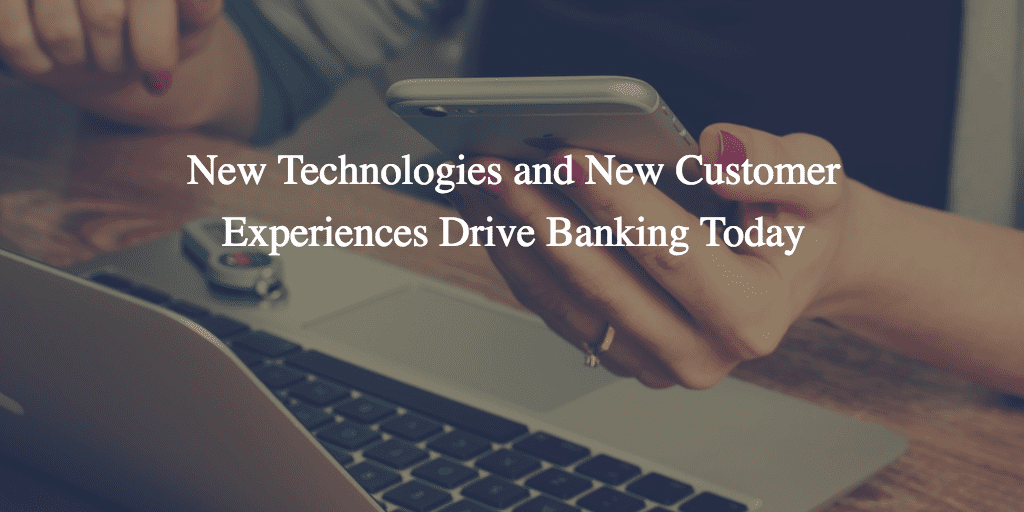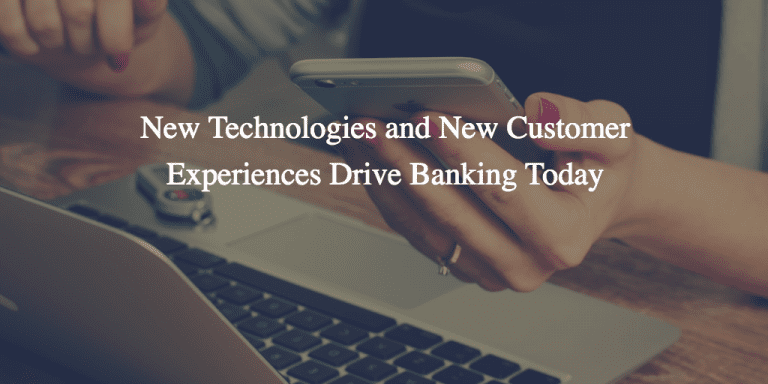
The discussion at American Banker’s annual Digital Banking Conference in Austin last week revolved around new technologies like AI and blockchain and the future of customer experience. Banks of all sizes have implemented some level of technology in recent years, almost all have mobile apps and they have begun the process of digitizing their core functions.
There were also a lot of lessons from non-banks that were on display, Starbucks mobile payments adoption and p2p payments app Venmo were popular discussion points on the keynote stage. Starbucks has seen over 40% of the 55 million U.S. smartphone users make an in-store mobile payment through the Starbucks’s app at least once in the last 6 months. Venmo’s payment volume continues to rise, even with competition from Zelle, and it was interesting to hear where the idea came from. Venmo founder Iqram Magdon-Ismail explained that he and fellow co-founder Andrew Kortina thought of the idea because paying one another back was awkward. They devised an app where you can exchange money quickly without having the awkward conversation.
Brett King of Moven talked about Bank 4.0 which he described as behavioral banking. Collecting and analyzing data to know that 7 am on Thursday is the best time for a customer to receive an alert about adding to their savings account. He predicted by 2025 most people will have never visited a bank branch, as more of the unbanked become part of the digital financial ecosystem. By 2030 the biggest bank in the world will not be a bank but a tech company.
American Banker’s Penny Crosman sat with Cathy Bessant, Chief Operations and Technology Officer, Bank of America to discuss the bank’s use of AI. Cathy is responsible for more than 95,000 people and has an annual budget of $16 billion. She described how the bank has inventors all over the world in their distributed innovation model. They are also the highest ranked financial institution at The United States Patent and Trademark Office (USPTO).
Artificial intelligence will make or break companies, failure to use it well through misuse and abuse can sink a firm. Understanding that use is all about a balance between sellers and users of the technology. She also called crypto troubling but was supportive of distributed ledger technology which she said would eventually make us better, faster and safer.
Moving down the asset scale and you find stories from regional and community banks that point to a greater focus on strategy and need for their core customer base.
Banks like TCF Financial in Minnesota have about $23bn in assets and needed to overhaul their offering. They did not have the budget to build so they went to the market with an RFI which brought back two legitimate responses. Tom Butterfield, TCF’s Chief Information Officer, described the process of having to convince their board and bring on partners like D3 Banking and Fiserv to complete the overhaul. Within 15 months of board approval they had all customers onboarded and saw more than a 500 percent increase in engagement. The entire bank transformed as they embraced what he called organized chaos and now branches are filled with digital ambassadors.
Using information from non-banks and understanding there are lessons to be learned all around. Industries like retail, insurance and e-commerce provide valuable example for banks to implement new products or services.
Banking is becoming less about the financial transaction but more about the experience with the transaction in the background. Dominic Venturo, Chief Information Officer at U.S. Bancorp, described this as “ambient banking”. Everything is a channel since we are always connected through smart devices. Real-time translation, custom ads with tracking, location awareness, autonomous vehicles and contextual offers are beginning to surround us all the time. Banking will get to the point where they can provide the right offer at the right time to the right person.
While digital has certainly driven the conversation recently the branch is still an integral part of the bank. As the conference was winding down Celent and Samsung released a new report showing that customers still prefer the branch, in particular when it comes to more complex banking needs. The study shows consumers prefer digital interactions when it comes to making quick transactions, such as withdrawing cash or transferring funds, but when there are more substantive conversations to be had, they prefer human interaction. Most consumers prefer a simple phone call for quick questions (53%) and a branch visit when they’re discussing lengthier topics (77%).
A bad branch experience can drive customers away. According to the report the biggest pain points most likely to prompt switching banks included unprepared banking associates (68%), long wait times (55%), impersonal service (49%), and the unavailability of specialists (43%).
Banks have made great strides in recent years to combat their non-bank fintech competition. New technologies and a renewed focus on what their customers need and want has banks well positioned. It will be fascinating to see how the space evolves as more fintech companies look to add services that will make them look a lot like the banks they have been trying to replace.


